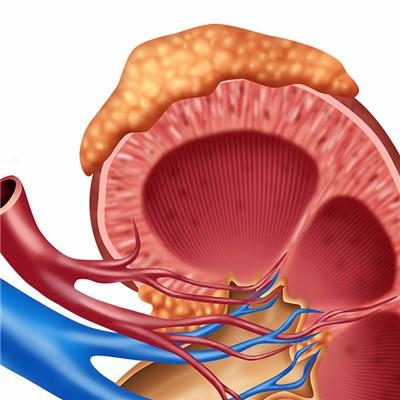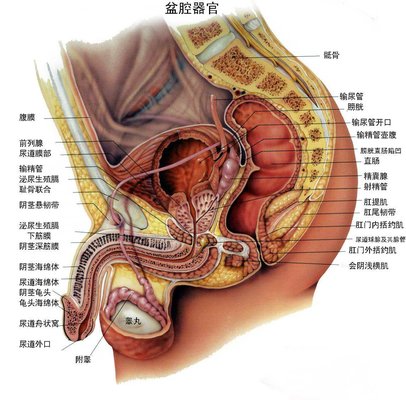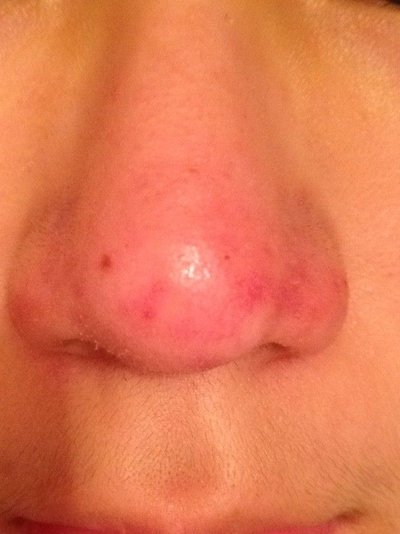Symptoms of fungal urinary tract infection?
summary
Many fungi can cause urinary tract infection, but the most common is Candida albicans infection. The main route of Candida urinary tract infection is bloodstream infection and ascending infection. Ascending infection can be asymptomatic, only pyuria, but most people have frequent urination, urination discomfort and other urinary tract irritation symptoms. Symptoms of fungal urinary tract infection? Let's talk about it.
Symptoms of fungal urinary tract infection?
(1) Cystitis type is more common in women, often secondary to bacterial cystitis after cure, the main performance is frequent urination, micturition discomfort, urine turbidity or hematuria, occasionally bubble urine (due to Candida fermentation of urine sugar).

(2) Pyelonephritis is similar to pyelonephritis in female. It can be manifested as acute or chronic, mainly in two forms: ① multiple renal cortical abscess, if it is extensive, can lead to renal function damage, the occurrence of azotemia. ② The collecting duct or nipple was infiltrated by diffuse mould, and nipple necrosis could be found. These two forms often appear at the same time, often accompanied by the formation of fungus ball.

(3) Ureteral obstruction type is caused by fungus ball. The fungus ball moves to the ureter, may have the kidney colic, the obstruction ureter, then causes the renal pelvis effusion, if bilateral obstruction then appears anuria( 4) The symptom of renal papilla necrosis type is the same as that of general renal papilla necrosis. If it is a bloodstream infection, it often invades the heart, liver, lung, spleen and other organs at the same time, and the symptoms, signs and other manifestations of the corresponding organs appear.

matters needing attention
During the treatment mainly drink more water, eat more fruits and vegetables, try not to roommate, can't eat spicy stimulation easy to get angry food, also can't drink stimulating drink coffee, etc., these have an impact on the recovery of the disease.











